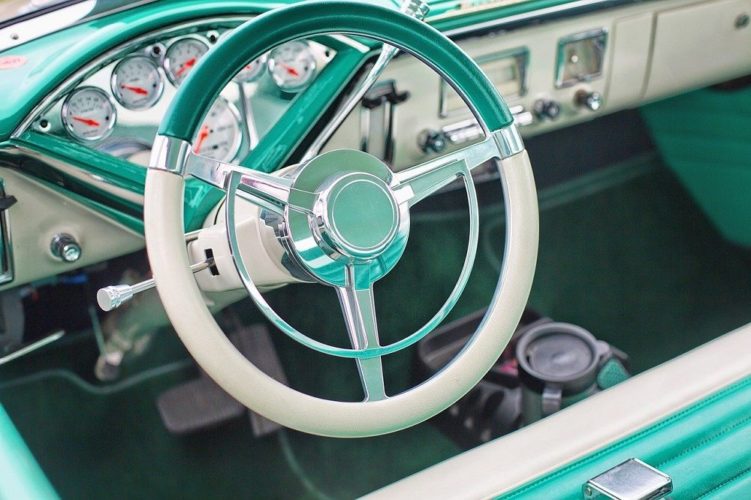Study: Chemicals in Car Interiors More Dangerous Than in Homes

“Our research shows that autos are chemical reactors, releasing toxins before we even turn on the ignition.”
– Jeff Gearhart, the Ecology Center’s Clean Car Campaign Director
After testing air quality in 200 of the most popular cars in 2011, researchers found high concentrations of more than 275 chemicals associated with birth defects, learning impairment, liver toxicity and cancer.
Indoor air pollution has been declared by the World Health Organization to be a leading cause of cancer deaths, and due to the confined nature of car interiors, and exposure to high heat, a study by The Ecology Center found concentrations of chemicals lurking inside cars as much as 10 times higher than in homes.
_
TABLE OF CONTENTS
The “New Car Smell” is Toxic
According to a 2006 report called “Toxic at Any Speed: Chemicals in Cars and the Need for Safe Alternatives”, seat cushions, dashboards, and plastic trim off-gas chemicals which are then inhaled and absorbed through contact with dust.
Additives such as plasticizers, stabilizers, flame retardants, antimicrobials and antioxidants, often used to change the performance of plastics, become the source of many airborne chemicals, including benzene, toluene and xylene.
The problems are compounded in warm climates, when Ultraviolet (UV) light and heat from the sun trigger the release of numerous chemicals, like Polybrominated diphenyl ethers (or PBDEs, often used as fire retardants) and phthalates (chemicals used to soften plastics).
Total PBDE levels found in windshield film was 10 times higher and up to 5 times higher in dust taken from car interiors than was found in homes and offices. “Assuming inhalation of dust is the primary route of exposure,” concluded The Ecology Center investigators, “exposure to PDBEs during a 90-minute drive is equivalent to the exposure from 8 hours at work.” PBDEs and Phthalates have been linked to birth defects, premature births, impaired learning and liver toxicity, and other serious health consequences.
Car Companies: The Worst and Best
A study by HealthyStuff.org on over 900 vehicles (2011-2012 models) found the best and worst vehicles for interior chemicals. The results are as follows:
- The overall best-rated vehicle of 2012 was the Honda Civic and the worst was the 2011 Mitsubishi Outlander Sport
- The Civic: Is free of bromine-base flame retardants on all interior components, utilizes PVC-free interior fabrics and interior trim, and boasts low levels of heavy metals.
- The Mitsubishi Outlander: Contains bromine and antimony-bases flame retardants in seating, the center console and seat base, chromium treated leather on several components and over 400 ppm lead in seating materials.
The Solution to Interior Car Pollution
Ideally we want to have automobile manufacturers produce cars that are not made from toxic materials so they do not off-gas any chemicals. The best way to do this is to not buy the cars that are made with the most toxic interior chemicals, and to email automobile manufacturers and tell them that this issue is important to you.
Until that day comes, we can use interior automobile air filters to protect us from the chemicals in the cars while we’re on the road.
Resources
- http://environment.about.com/od/pollution/a/toxic_cars.htm
- http://www.ecocenter.org/sites/default/files/campaigns/cleancar/docs/ToxicAtAnySpeed.pdf
- http://www.ecocenter.org/healthy-stuff/toxic-any-speed-chemicals-cars-and-need-safe-alternatives
